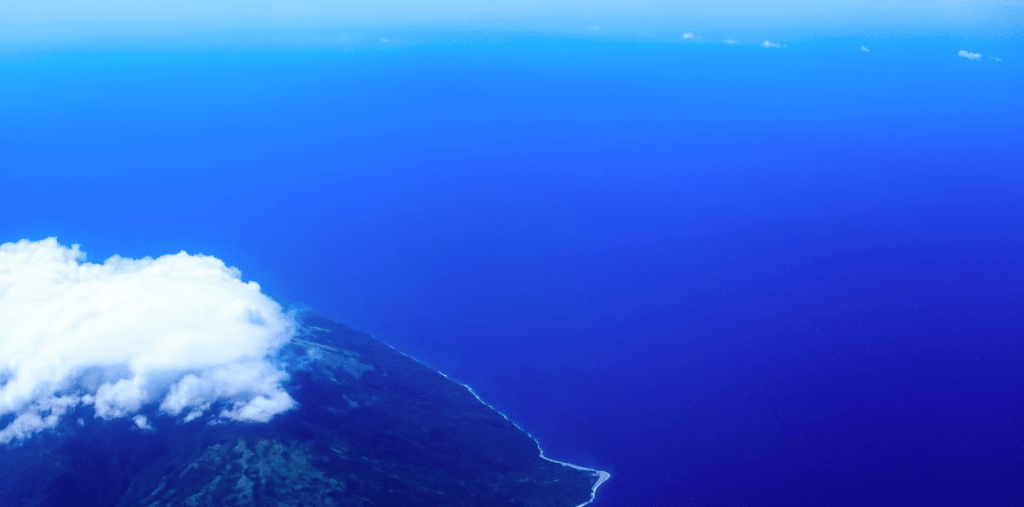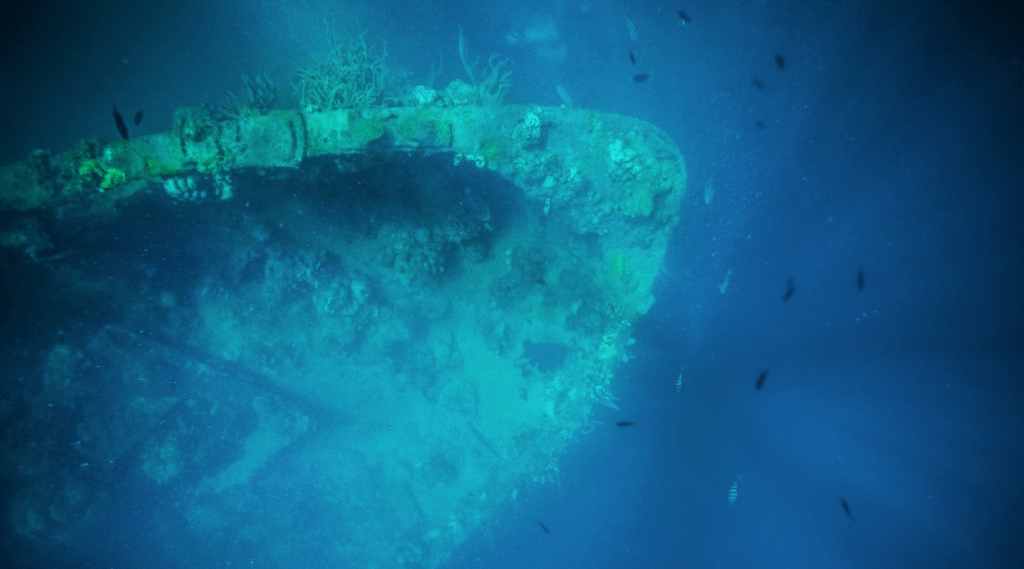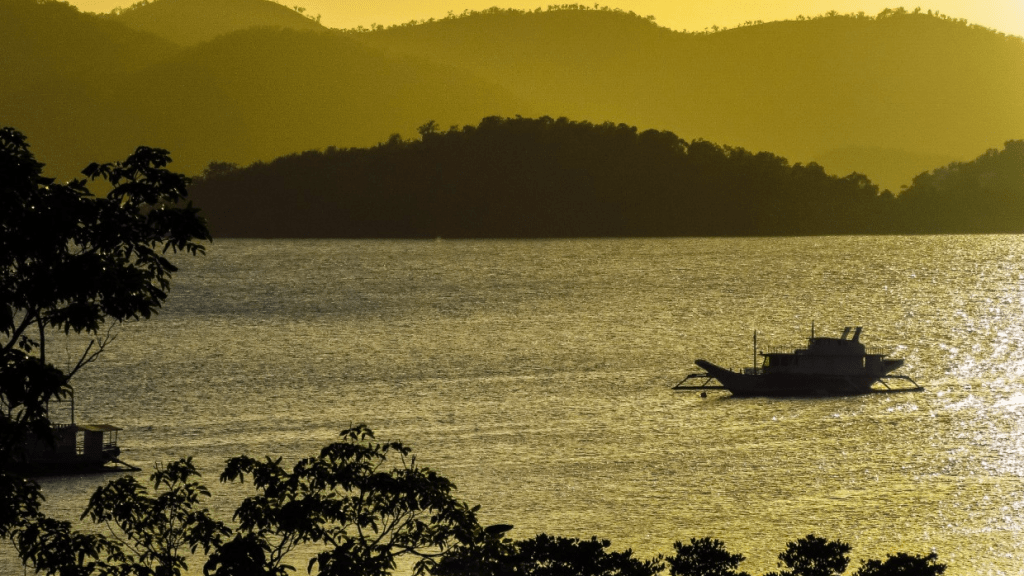If you’re envisioning your first vacation post-pandemic, the Philippines is likely at the top of your list. This archipelago of over 7,000 islands offers paradisiacal beaches and natural wonders, allowing you to truly escape from all your worries.
When planning your trip to the Philippines, a crucial consideration is when to go. The best time for your adventure largely depends on your priorities. While the weather during the peak travel season might be optimal, you might end up spending more on flights and accommodations.
This article breaks down the pros and cons of visiting the Philippines in each season to help you decide the best time for you. Once you’ve made up your mind, if you’re a U.S. citizen, be sure to check the Philippines visa requirements for U.S. citizens. Depending on your length of stay, you might need to apply for a visa before departure.
Winter in the Philippines: December to February
The first two months of the year are generally considered the best time to visit the Philippines. The weather is cooler, making it perfect for exploring the capital Manila and engaging in outdoor activities like hiking and mountain adventures.

With temperatures rarely dropping below 60°F, if you’re seeking warm weather in winter, this is an ideal choice. Rainfall is low, so you can expect plenty of sunshine.
The only downside of visiting the Philippines from December to February is that many others may have the same idea. Popular tourist spots might get crowded, and prices could be higher. Nonetheless, this shouldn’t make your stay unpleasant—just make sure to book accommodations and flights in advance.
Spring in the Philippines: March to May
As spring arrives, temperatures begin to rise. March is an excellent time to visit the Philippines as the weather isn’t too hot yet.
In April and May, daytime temperatures can reach up to 95°F, so you might want to spend more time in the water, taking advantage of the excellent diving opportunities the Philippines offers. Venture underwater, and you’ll appreciate the vibrant coral, tropical fish, and marine life, including seahorses.

If you’re playing in March, you’ll encounter minimal rainfall, making it one of the driest months of the year. However, precipitation increases in April and May, so be sure to pack a suitable jacket!
Summer in the Philippines: June to August
Summer marks the rainy season in the Philippines, causing many tourists to steer clear. However, it doesn’t mean you can’t have an enjoyable vacation. During the rainy season, there are around 20 rainy days each month, so adequate preparation is essential.

Average high temperatures drop to around 90°F, but the humidity keeps nighttime temperatures around 80°F. Thunderstorms are common throughout the summer.
Nevertheless, this climate is ideal for surfing. If you’re an experienced surfer seeking challenging waves, summer might be the right choice. Additionally, when it’s not raining, you’ll be able to appreciate the lush landscapes of this beautiful Asian travel destination, as it’s a time less frequented by other tourists.
Summer is the best time of year to get flight and accommodation deals. Just be prepared to get a little wet!
Autumn in the Philippines: September to November
In September and October, the weather remains relatively unchanged. Typhoons are not uncommon in September, so if you plan to visit during this time, check weather warnings before making any plans.
Rainfall starts to decrease towards the end of October. Several public holidays offer fascinating insights into Philippine culture and traditions, but be aware that most shops and services will be closed on these days. If you visit the islands in autumn, don’t miss the Lanzones and MassKara festivals.

By November, the weather significantly improves. With an average of nine rainy days in the month, you can enjoy more sunshine and beach time. The average temperature in November hovers around 88°F, making the weather quite hot, similar to most times of the year.
November provides an opportunity to enjoy pleasant weather before the peak season kicks in.
Packing List for Your Trip to the Philippines
Regardless of when you decide to visit, what you pack will depend on the season you choose. Nevertheless, here are some essential items you shouldn’t overlook, no matter the season:
- T-shirts and shorts
- Loose-fitting long pants and long-sleeved shirts
- Hiking shoes or sneakers
- Sandals
- Swimwear
- Rain jacket (especially during the rainy season, but it’s a good idea all year round)
- Sun hat/cap
- Sunglasses
- Lightweight jacket (for cooler evenings)
- Dry bag (to protect valuables during rain or water activities)
- Don’t forget high SPF sunscreen, essential even in cooler months, and mosquito repellent.
Pack thoughtfully, and regardless of the weather, you’re in for a fantastic trip of a lifetime!

Leave a Reply